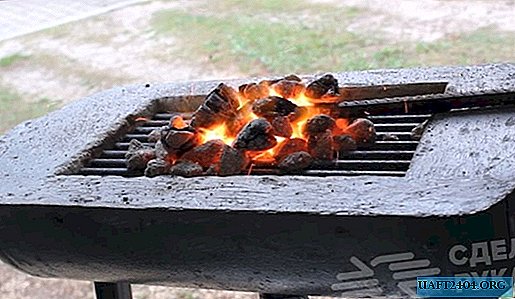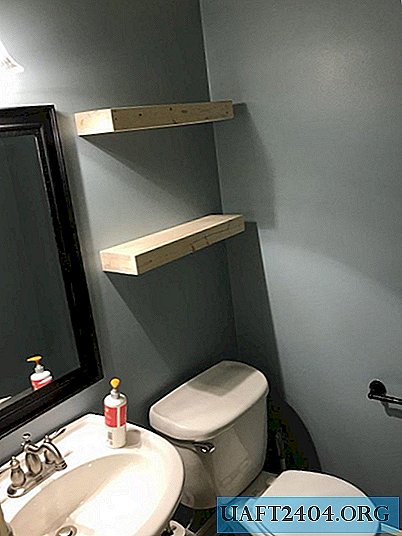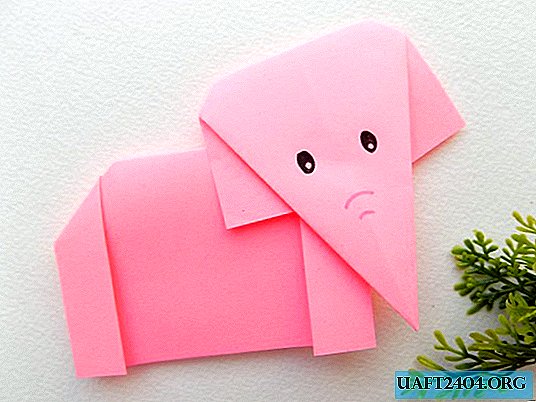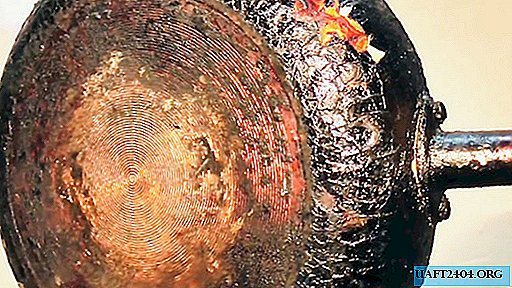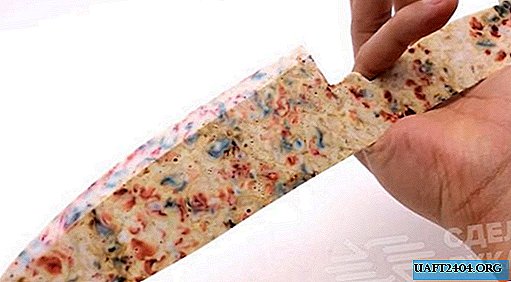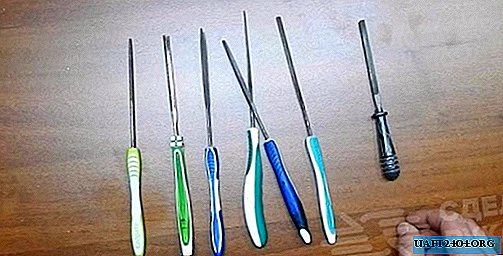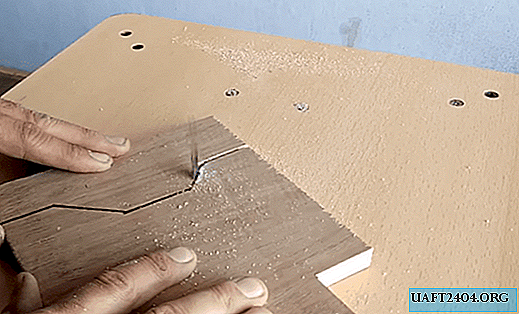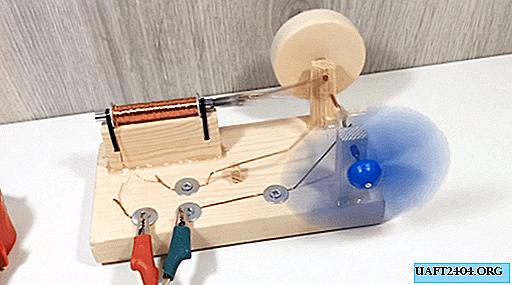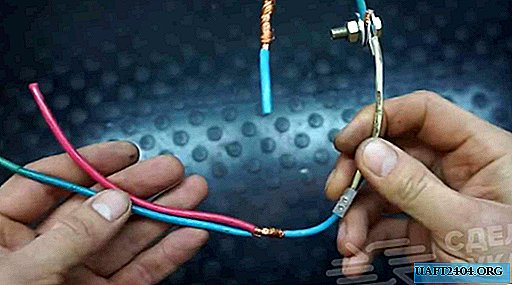
You can connect the wires at home without any terminal blocks, WAGO and other purchased devices. There are at least 5 different options for connecting wires using twist.
Which way to use in everyday life is up to you. Well, we will consider each of the methods separately. All of the following methods are very simple, therefore, to make this or that twist, it is not necessary to be an electrician.
Classic way

We take two wires, remove the insulation (at a distance of about 2-3 cm from the edge), after which you need to connect together and twist.

Nothing complicated, however, such a connection has a low tensile strength. It is enough to pull the wires to the sides, and the twist will "untie".
The method is universal

This version of the twist is considered more reliable than the first method. Each wire must be divided into two "pigtails".

First you need to twist one pair of "braids", and then the second. After this, it is necessary to twist the wires into one core.
Optimal way
The second way is good, but still not perfect. Therefore, if you need reliable twisting, with high tensile strength, then try an alternative option for twisting wires.

To do this, attach the wires to each other approximately in the middle, after which it is necessary to twist one side first, then the other.

As a result, this connection is quite reliable and durable. Yes, and you can do it as quickly as the first two options for twisting.
We make a tie into the wire
Sometimes it is necessary to make an insert into the wire. To do this, first of all, remove the insulation on the wire in the place where the insert will take place.

Then you need to make a small "window" (push the wires to the side with a knife or a screwdriver), into which another wire is inserted, and then wrap it.
We connect aluminum and copper
There are special adapters for connecting aluminum and copper wires: terminal blocks and WAGO terminal blocks with special paste.

But since this article discusses wire connections without purchased devices, then we will do with improvised means.

This will require one bolt, three washers and one nut. That is, between the aluminum and copper wires there will be a “layer” in the form of a washer, which will not allow their direct contact.
If you are interested in these 5 options for connecting wires using twisting, we recommend watching the video on our website.


